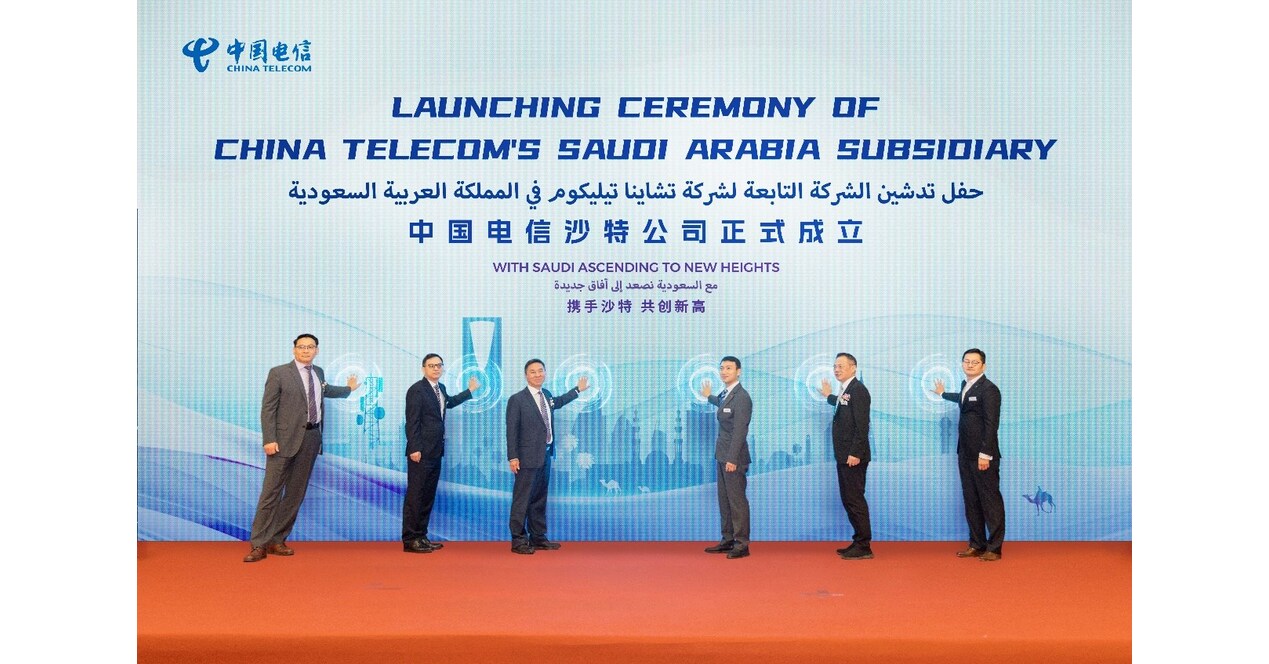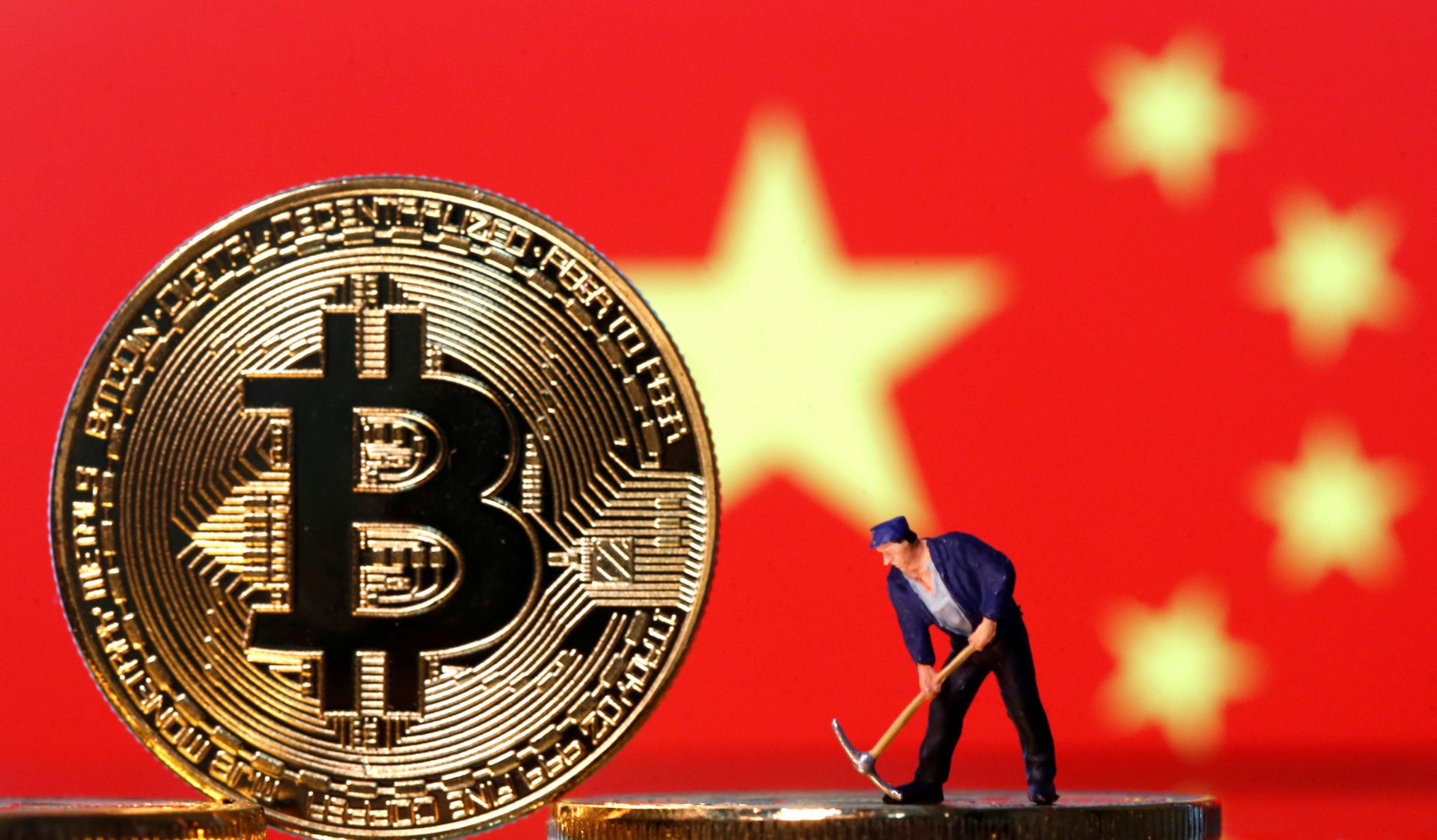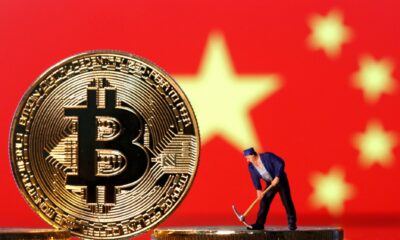China
Picture China: Nanjing Massacre Remembrances, Traditional Tie-Dyes
The day’s China news in pictures: Protesters burn Japanese naval flags and students light candles to mark the 76th anniversary of the Nanjing massacre, a woman uses traditional tie-dye techniques in Yunnan, an explosion traps more than 20 at a coal mine in Xinjiang, and more.

The day’s China news in pictures: Protesters burn Japanese naval flags and students light candles to mark the 76th anniversary of the Nanjing massacre, a woman uses traditional tie-dye techniques in Yunnan, an explosion traps more than 20 at a coal mine in Xinjiang, and more.
Measured on a purchasing power parity (PPP) basis that adjusts for price differences, China in 2009 stood as the second-largest economy in the world after the US, although in per capita terms the country is still lower middle-income.
The Chinese government faces numerous economic development challenges, including:
(a) reducing its high domestic savings rate and correspondingly low domestic demand through increased corporate transfers and a strengthened social safety net;
(b) sustaining adequate job growth for tens of millions of migrants and new entrants to the work force; (c) reducing corruption and other economic crimes; and
(d) containing environmental damage and social strife related to the economy’s rapid transformation.
The government has also focused on foreign trade as a major vehicle for economic growth.
Nevertheless, key bottlenecks continue to constrain growth.
The country is one of the world’s largest producers of a number of industrial and mineral products, including cotton cloth, tungsten, and antimony, and is an important producer of cotton yarn, coal, crude oil, and a number of other products.
The technological level and quality standards of its industry as a whole are still fairly low, notwithstanding a marked change since 2000, spurred in part by foreign investment.
The market-oriented reforms China has implemented over the past two decades have unleashed individual initiative and entrepreneurship, whilst retaining state domination of the economy.
Both forums will start on Tuesday.
But “this is just a beginning.
China is expected to have 200 million cars on the road by 2020, increasing pressure on energy security and the environment, government officials said yesterday.
Although China is still a developing country with a relatively low per capita income, it has experienced tremendous economic growth since the late 1970s.
Even with these improvements, agriculture accounts for only 20% of the nation’s gross national product.
Except for the oasis farming in Xinjiang and Qinghai, some irrigated areas in Inner Mongolia and Gansu, and sheltered valleys in Tibet, agricultural production is restricted to the east.
Fish and pork supply most of the animal protein in the Chinese diet.
Offshore exploration has become important to meeting domestic needs; massive deposits off the coasts are believed to exceed all the world’s known oil reserves.
There are also deposits of vanadium, magnetite, copper, fluorite, nickel, asbestos, phosphate rock, pyrite, and sulfur.
In addition, implementation of some reforms was stalled by fears of social dislocation and by political opposition, but by 2007 economic changes had become so great that the Communist party added legal protection for private property rights (while preserving state ownership of all land) and passed a labor law designed to improve the protection of workers’ rights (the law was passed amid a series of police raids that freed workers engaged in forced labor).
Coastal cities, especially in the southeast, have benefited greatly from China’s increasingly open trade policies.
See the original post:
Picture China: Nanjing Massacre Remembrances, Traditional Tie-Dyes
Business
China Telecom Gulf Officially Launches Operations in Saudi Arabia for Business Expansion

China Telecom Gulf was launched in Riyadh, enhancing digital cooperation between China and Saudi Arabia under the “Belt and Road Initiative,” with a focus on technological innovation and infrastructure development.
China Telecom Gulf Launches in Riyadh
On November 21, 2024, China Telecom Gulf was officially inaugurated in Riyadh, symbolizing a significant advancement in China Telecom’s internationalization efforts and commitment to the "Belt and Road Initiative." The event was attended by over 100 dignitaries, including Mr. Liu Guiqing, Executive Director of China Telecom Corporation, and Mr. Fawaz from the Industrial and Commercial Bank of China Riyadh Branch, marking a milestone in fostering a shared future between China and Arab nations.
Commitment to Digital Transformation
In his speech, Mr. Liu highlighted China Telecom’s dedication to collaborating with Saudi enterprises and local governments to enhance digital infrastructure. By leveraging its expertise in technologies like 5G and artificial intelligence, the company aims to provide high-quality communication services, thereby driving socio-economic growth in the region.
Strategic Partnerships for Growth
During the launch, China Telecom Gulf signed strategic agreements with several prominent companies, including Saudi Telecom Company and Huawei. These collaborations are geared towards optimizing digital experiences for Saudi customers and contributing to the broader Sino-Saudi cooperation in technology and economic development, solidifying China Telecom’s role in the Middle Eastern telecom landscape.
Source : China Telecom Gulf Officially Launches in Saudi Arabia for Business
China
India Initiates a Shift in Security Focus Regarding China Amid Economic Ambitions
Since 2014, India’s Modi government aimed to boost manufacturing through the Make-in-India campaign. However, tensions with China led to increased scrutiny of Chinese investments post-COVID-19, limiting their influence.
Modi’s Manufacturing Push
Since Narendra Modi took office in 2014, his administration has focused on boosting the manufacturing sector’s contribution to India’s GDP. The launch of the Make-in-India campaign aimed to enhance manufacturing capabilities and attract foreign direct investment (FDI), even in sensitive sectors such as defense and railways, thereby fostering economic growth.
Shift in Economic Relations
During this period, Chinese companies like Oppo and ZTE sought to capitalize on India’s manufacturing potential. However, the 2020 COVID-19 pandemic highlighted the need for safeguard measures against potential foreign takeovers. In response, India revised its FDI policy to increase scrutiny on investments from neighboring countries, particularly targeting Chinese investments, which now require governmental approval.
Geopolitical Tensions and FDI Impact
Tensions escalated after the June 2020 Galwan clash, severely straining Indo-China relations. This ongoing border standoff has posed challenges to the evolving dynamics between the two nations. As a result of these geopolitical tensions and pandemic-era policies, Chinese capital inflow to India constituted merely 0.43% of the total FDI from April 2000 to December 2021, highlighting a significant downturn in bilateral economic ties.
Source : India begins a rebalance of security concerns over China and economic aspirations
Business
BRICS: China Classifies Crypto as Property and Prohibits Business Ownership

China’s Shanghai court ruled cryptocurrencies are property, boosting optimism in the crypto industry while maintaining a ban on business transactions. This may signal a shift in future regulations.
China’s Ruling on Cryptocurrency
In a pivotal decision for the nation and its BRICS alliance, China has officially classified cryptocurrency as property while maintaining prohibitions against business transactions involving digital assets. A notable ruling from the Shanghai Songjiant People’s Court affirmed cryptocurrencies as property, sparking optimism within the crypto industry regarding future regulations.
Implications for the Crypto Industry
As cryptocurrencies gain significance globally, the Chinese ruling is viewed as a potential-positive shift amidst ongoing restrictions. While individuals can hold virtual currency, businesses remain barred from engaging in investment transactions or issuing tokens independently. This decision has generated anticipation for more accommodating regulations in the future.
Future Prospects for Cryptocurrency in China
Experts like Max Keiser believe this ruling indicates China’s growing acknowledgment of Bitcoin’s influence. As BRICS nations explore increased cryptocurrency utilization in trade, this legal shift could enhance market demand and lead to greater acceptance of cryptocurrencies as a legitimate asset class, setting the stage for potential developments in 2025.
Source : BRICS: China Rules Crypto as Property, Bars Business Holdings












